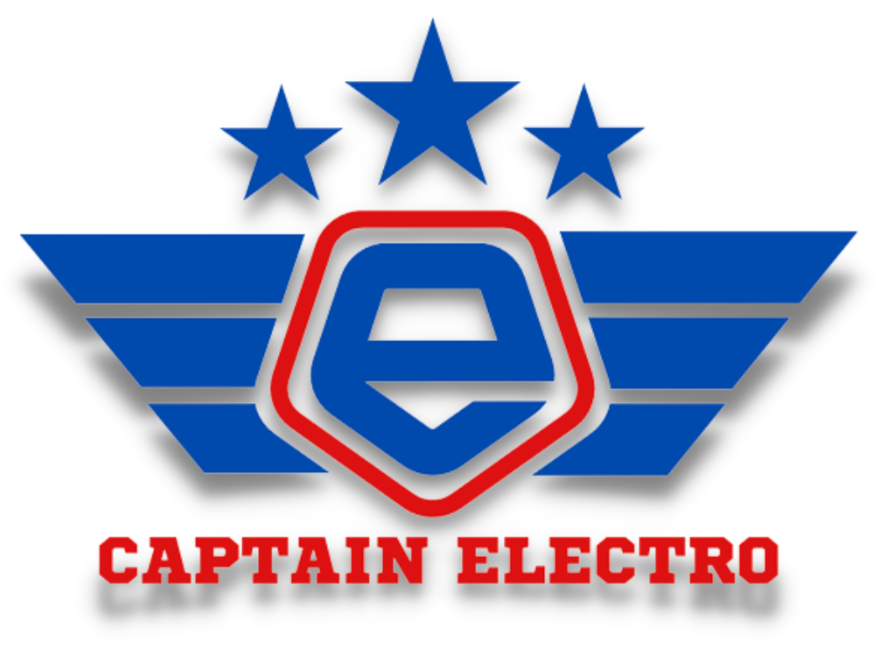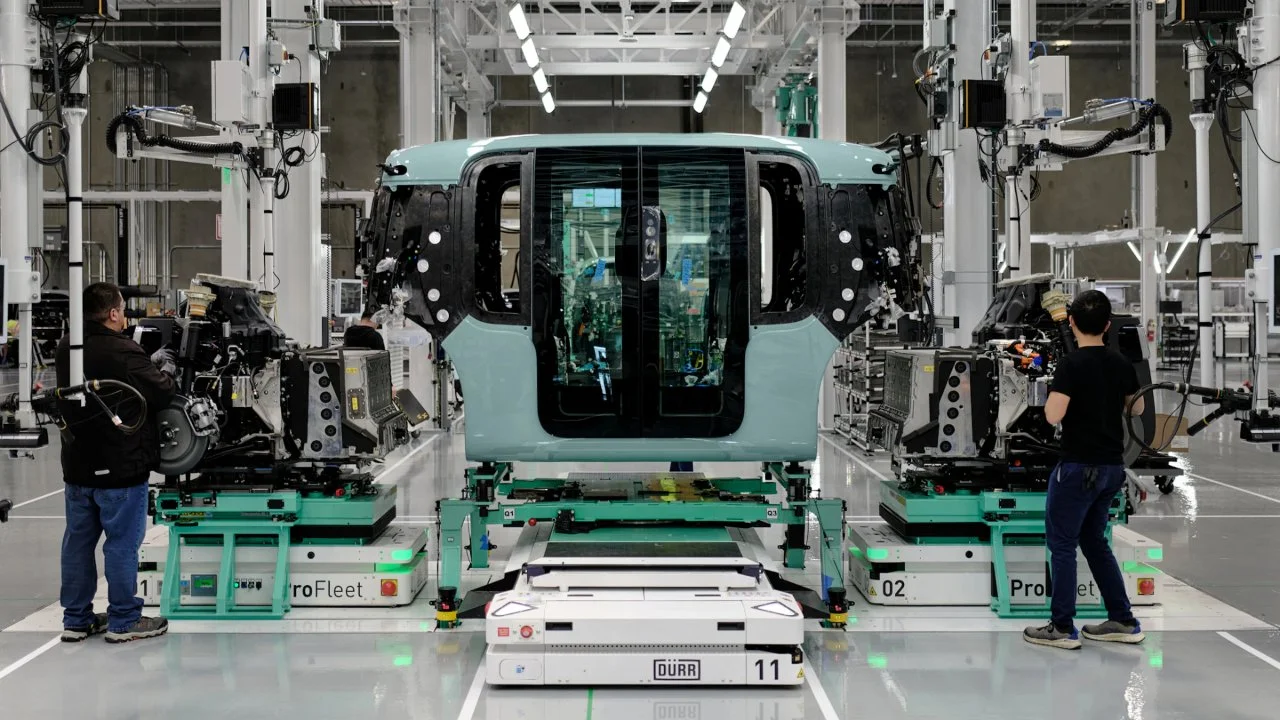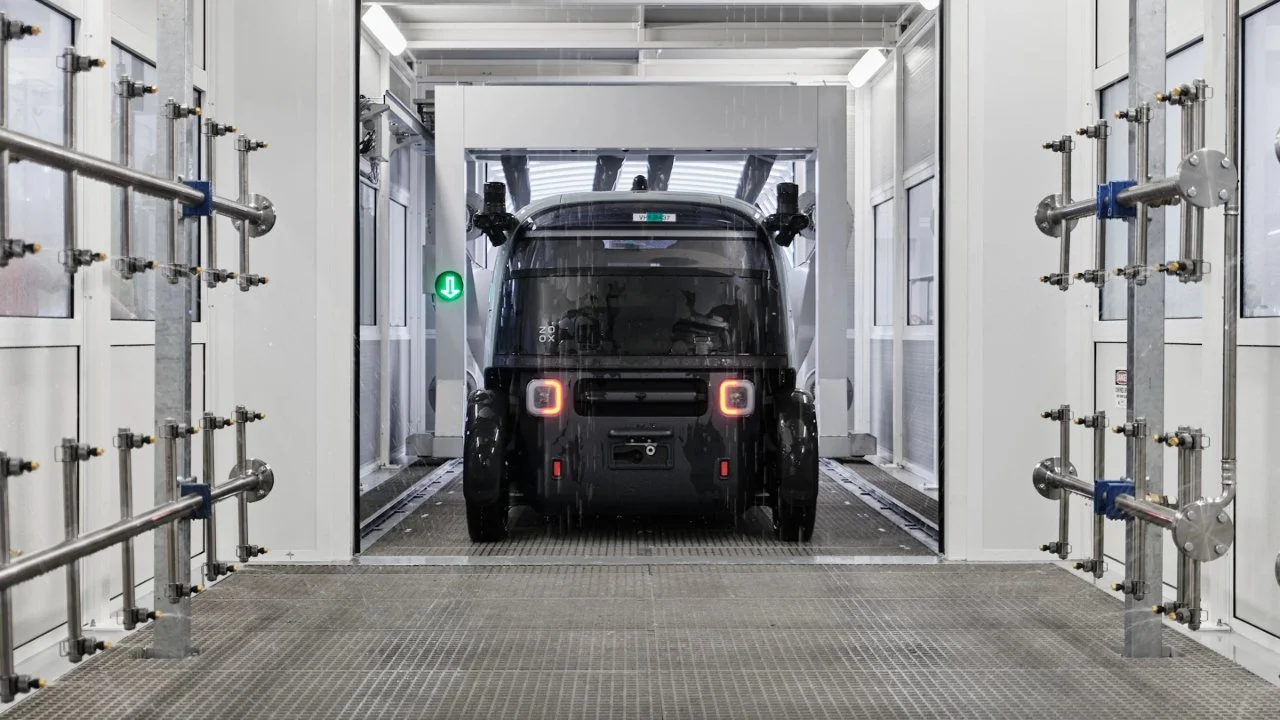The Toasters Have Arrived. And They Want To Drive You…
Image Credit: Zoox.
Instead of the promised future filled with flying cars and personal jetpacks, what I'm looking at today looks suspiciously like a stylish toaster oven on wheels. And you know what? I think I'm okay with that. This particular toaster, brought to you by the friendly folks at Amazon, is called the Zoox, and it represents a future that's less about flying and more about not driving at all.
Through the years of driving everything with an engine (and plenty without), sailing and flying, the one constant has always been the human element: the hands on the wheel, the foot on the throttle, the slightly panicked look in the pilot's eyes during turbulence. The Zoox does away with all that. It has zero steering wheels. Zero pedals. It's a box designed for one purpose: to move you from A to B while you do anything other than pay attention to the road.
Image Credit: Zoox.
The design is pragmatic. Let's call it that. It's a perfectly symmetrical pod with wheels pushed out to the absolute corners. The doors don't swing open; they slide, like on the New York City subway. Inside, there's no driver's seat because, obviously, there's no driver. Instead, two bench seats face each other. It's less like a car and more like a rolling conversation pit. A mobile lounge. A tiny, private train carriage for you and three friends.
And it's quite a civilized little lounge, I must admit. Each of the four passengers gets their own safety belt, a wireless phone charger, and dedicated climate controls. No more arguing over the fan speed. A screen shows your route and arrival time, and you can control the music. It's all very pleasant. The whole experience is designed to feel like any other ride-hailing app. You drop a pin, the sentient shoebox arrives, and you hop in. The only difference is the distinct lack of an awkward conversation with a stranger about how busy their day has been.
Image Credit: Zoox.
How does this magic box work? Unlike some companies that believe a few cameras and a plucky AI are enough to navigate the chaos of city traffic, Zoox has gone for the "everything but the kitchen sink" approach. Its pods are bristling with a full suite of sensors: lidar, radar, and cameras. It's the technological equivalent of wearing a belt, suspenders, and taping your pants to your waist. It's cautious, and when you're talking about a one-and-a-half-ton robot hurtling through city streets, cautious is a word I like to hear.
To build these futuristic people movers, Zoox has just opened a shiny new 220,000-square-foot facility in Hayward, California. That's about three-and-a-half football fields of high-tech assembly. They want to make 10,000 of these pods a year, which is an ambitious goal. Interestingly, they're not building them from scratch. Pre-manufactured parts arrive from suppliers, and a team of humans and robots puts them together. Robots even apply the adhesive - a level of precision I can't even achieve with a sticker.
Image Credit: Zoox.
This leads to one of Zoox's big strategies: vertical integration. They don't just build the vehicles; they plan to own, assemble, and operate the entire fleet themselves. It's a bold move that gives them total control, but also total responsibility. There's no one else to blame if your robotaxi decides to take an unscheduled detour through a fountain. They even have their own test track at the factory to make sure each pod is behaving itself before it's released into the wild.
And where is this "wild"? The first stop is Las Vegas. Zoox has been giving free rides to early users there and is about to launch a paid service covering a 5-mile radius around the Strip. After that, they're setting their sights on San Francisco before this year is out, with Austin and Miami on the horizon. Don't expect a drag race, though. The pods top out at a sensible 45 mph, and they're designed to handle rain and nighttime driving, which is more than I can say for some human drivers I know.
Image Credit: Zoox.
But here we arrive at the million-dollar question. Or rather, the 100-million-mile question. Federal data shows that's roughly how far a human drives, on average, before a fatal crash. For robotaxis to be declared "safer," they need to beat that, and not just on a sunny Tuesday in a quiet suburb. They need billions of miles across every conceivable condition. Alphabet's Waymo, the old hand in this game, is nearing 71 million rider-only miles. That's impressive, but it's still not the statistical slam dunk we need.
This is where my enthusiasm gets a slap from my skepticism. It's one thing to build a clever vehicle; it's another to prove it's trustworthy. The competition is heating up, with Waymo partnering with Uber, Lyft promising its own service, and Tesla teasing a launch with what sounds like about ten cars reserved for employees. Everyone is rushing to be first, but in the race for autonomy, being the safest is infinitely more important. For now, I'll be watching Zoox pods going into production with one eyebrow raised but with a smile on my face. All aboard the toaster.





